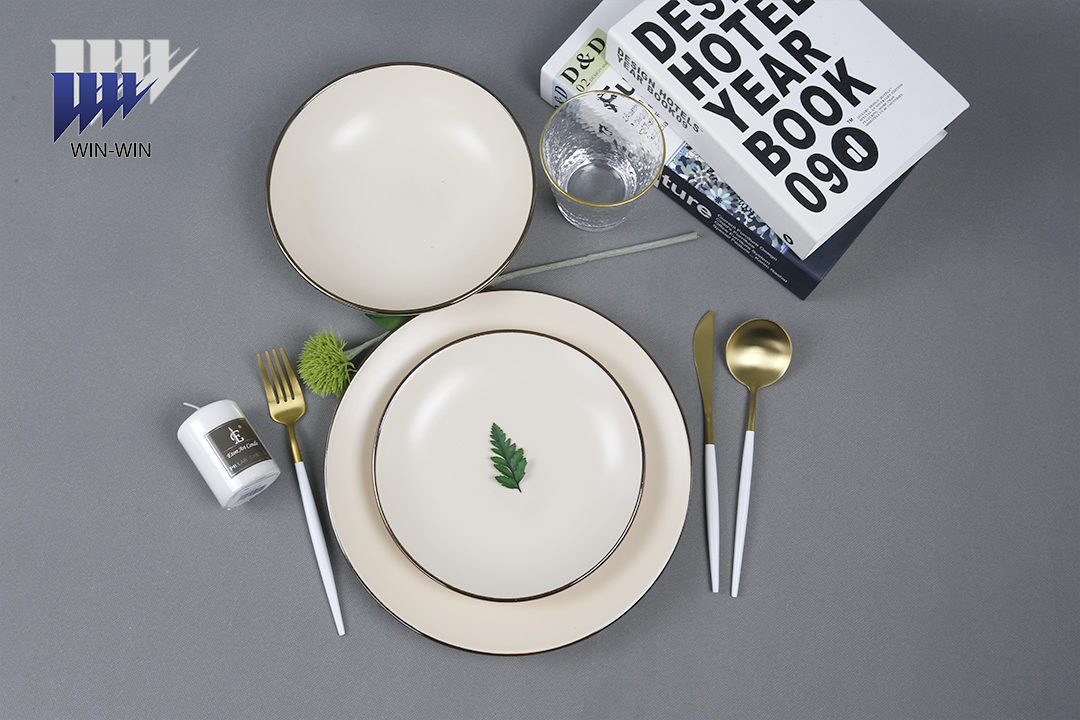Generally speaking, the production process of ceramic water cups is the process of ceramic production. The production of ceramic products belongs to the category of product manufacturing industry. Simply put, it is the process of making raw materials into products. Different from other product manufacturing, the production of ceramic water cups has its unique raw materials and production process.
In ancient China, ceramics were mainly made by hand, and there were quite a lot of processes. Song Yingxing, a scientist in the Ming Dynasty, wrote in “Heavenly Creation of Things”: “A total of seventy-two pieces of power can be used to make a tool. The details of which cannot be exhausted.” It means that to produce a ceramic product, it takes There are 72 processes, which shows the complexity and professionalism of ancient ceramic production. Due to the development of science and technology and society, modern ceramic production has been relatively simplified and integrated, but in fact it still has its inherent similarities with ancient production.
Ceramic water cup processing procedure (8 steps)
Mineral processing→raw material processing→batching→mill loading→operation→putting into mill→sieving into pool→stale
1. Mineral processing: find ore sources and spots, and select suitable and usable raw materials.
2. Raw material processing:
(1) Coarsely crush stone raw materials with a wheel mill.
(2) Soil materials are stacked in the open air and weathered by wind, sun, rain, freezing, etc. all year round.
(3) According to the needs of the process, pre-burn some raw materials in advance.
3. Batching: Weigh the ingredients according to different types of mud and glaze.
4. Loading and grinding: Put the prepared mud or glaze into the ball mill.
5. Operation: The ball mill starts to operate according to the different processing time requirements of the mud glaze.
6. Putting and grinding: After the mud and glaze slurry reach the specified fineness, they are released from the ball mill.
7. Sieve into the pool: the mud is sieved into the slurry pool, and the glaze slurry is sieved into the glaze pool or glaze vat.
8. Stale: Store mud and glaze slurry for a certain period of time before use to make them more usable.
Post time: Jan-04-2023






